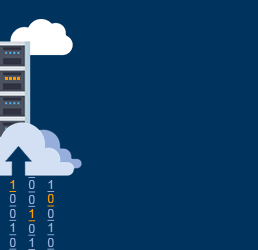New on LowEndTalk? Please Register and read our Community Rules.
All new Registrations are manually reviewed and approved, so a short delay after registration may occur before your account becomes active.
All new Registrations are manually reviewed and approved, so a short delay after registration may occur before your account becomes active.
















Comments
Glances?
You can use script from here:
https://github.com/atarallo/TECMINT_MONITOR/
There are many others.
You can also build your own script using common Linux commands.
For Simple Monitoring Resources ( CPU | RAM | Bandwidth ) of VPS you can use split screen available in terminal multiplexer programs.
Here are reference readings:
Why not just split your terminal into multiple windows? I use Terminator so I usually have it split between 2-8 panes depending on what I'm doing. Everything is visible at once, from however many servers you want.
No special scripts required.
Glances has a web interface that seems to be what you are looking for.
You can use tmux to split your shell terminal and have it be persistent. On your monitoring server, run the command
tmux. Split the screen usingctrl+b, "andctrl+b, %. Resize withctrl+b, {up,down,left,right} arrows a few timesand move to different ones by usingctrl+b, {up,down,left,right} arrows once. SSH into the servers you want to monitor and run htop on each panel. Once you're done, you can doctrl+b, dto detech the session which will bring you back to your normal shell. You can re-attach by running the commandtmux a. Tmux is a very useful tool and it can do other stuff, I recommend it in your workflow.If you use Netdata, you can connect all the servers to Netdata Cloud (which is free) and see them all through one web UI. It can show both separate charts and combined charts (e.g. average CPU usage across all servers).
Here, I can offer some options. The default language for some scenarios may not be friendly enough to you, but it is usable.
The tip about using tmux splits to show multiple ssh'd htop sessions is a good one. To optimise screen layout for high-core count machines, you can switch from showing all CPU bars to a single average CPU bar. Instructions here: https://superuser.com/questions/806614/how-to-compress-or-hide-the-processors-at-top-of-htop-on-large-machines